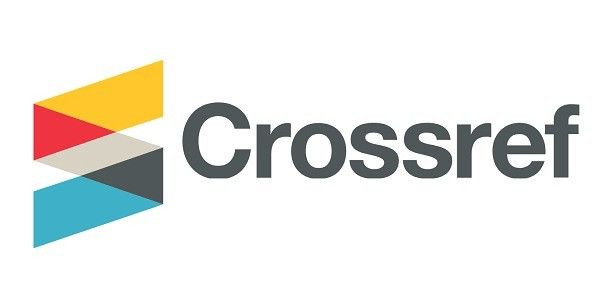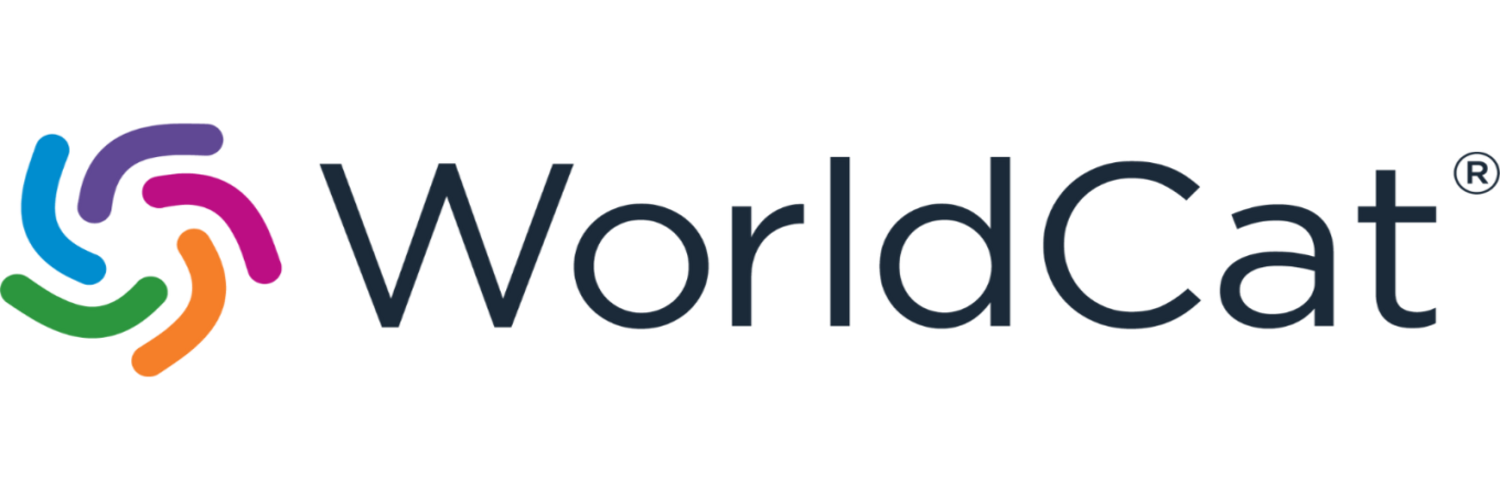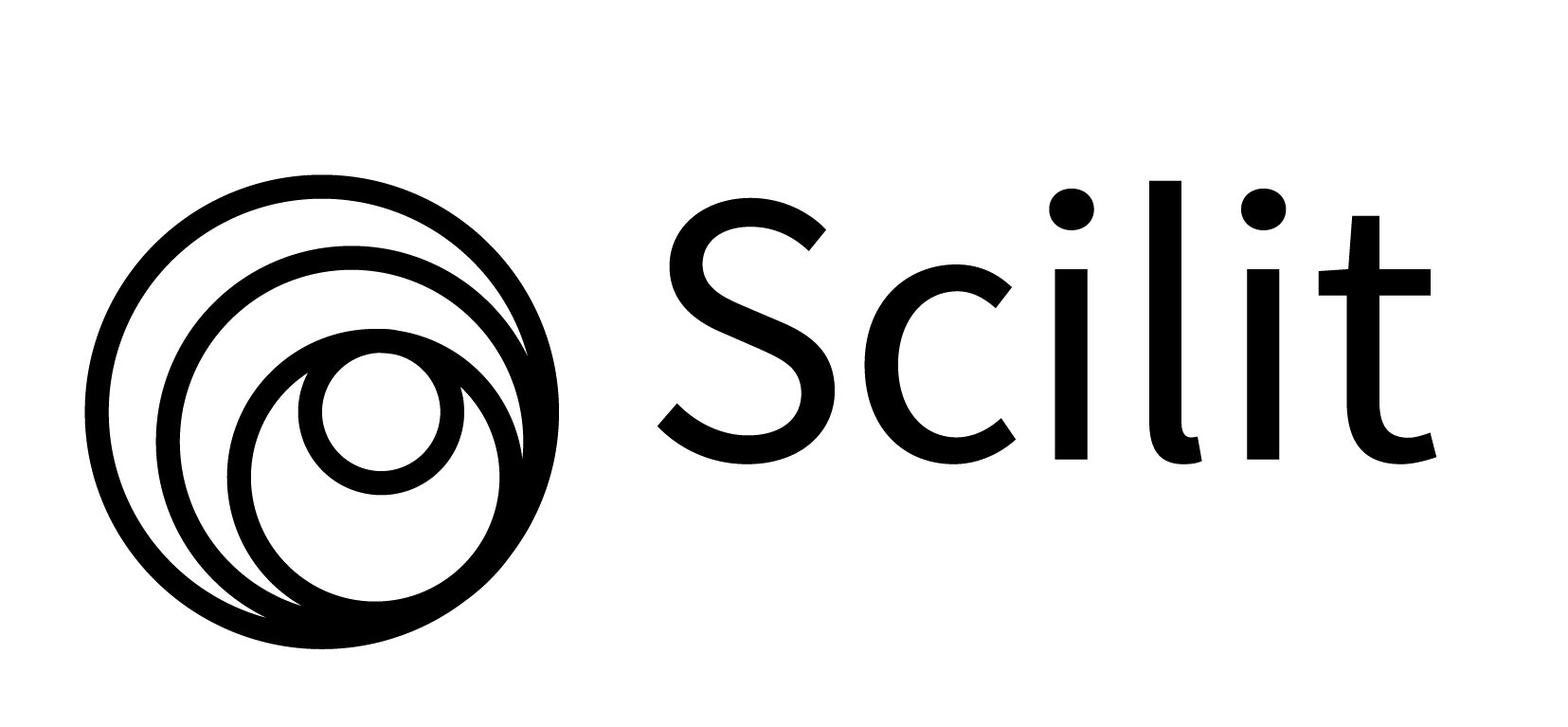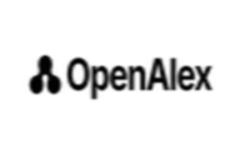Research Article
Comprehensive Therapy with an Implanted Intravenous Infusion Port for Tumor Patients: An Application Value Analysis of Standardized Management Mode
- Dr. Muhammad Waqar Mazhar
Corresponding author: Dr. Muhammad Waqar Mazhar
Volume: 1
Issue: 5
Article Information
Article Type : Research Article
Citation : Tahoor Ghani, Malik Balaj Khan, Malik Zamran Khan, Seemab Arshad, Moomal Nasir, Sahar Khan, Muhammad Waqar Mazhar. Comprehensive Therapy with an Implanted Intravenous Infusion Port for Tumor Patients: An Application Value Analysis of Standardized Management Mode. Journal of Medicine Care and Health Review 1(5). https://doi.org/10.61615/JMCCR/2024/NOV027
Copyright: © 2024 Muhammad Waqar Mazhar. This is an open-access article distributed under the terms of the Creative Commons Attribution License, which permits unrestricted use, distribution, and reproduction in any medium, provided the original author and source are credited.
DOI: https://doi.org/10.61615/JMCCR/2024/NOV027141130
Publication History
Received Date
06 Nov ,2024
Accepted Date
23 Nov ,2024
Published Date
30 Nov ,2024
Abstract
Objective: Examine the potential benefits of a consistent management approach to the all-encompassing care of patients with tumors who have implanted intravenous infusion ports.
Methods: With 50 patients in each group, we randomly assigned 100 patients with malignant tumors who underwent total implantable intravenous infusion port chemotherapy at our institution between 2020 and 2022. We then divided them into two groups, one to observe the effects of various nursing management strategies, and the other to serve as a control. All the way through the second chemotherapy cycle, patients in the CG group received implanted intravenous infusion port chemotherapy nursing, whereas those in the OG group received conventional nursing based on the CG group's technique.
Results: Negative complications were less common in the OG group following nursing as compared to the CG group (P<0.05). Comparisons between OG and CG revealed higher nursing quality scores (P<0.05). In comparison to the CG, the OG had higher QLQ-C30 scores (somatic, emotional, social function, and role), and lower pain scores (P<0.05). Both groups' ADL scores increased after the conclusion of the second round of chemotherapy (P<0.05), with the OG's score being greater than the CG's (P<0.05). Nursing satisfaction was greater in OG patients compared to CG patients. By the conclusion of the second round of chemotherapy, both groups' anxiety and depression levels were lower than they were before nursing, with the OG group showing a statistically significant drop compared to the CG group (P<0.05).
Conclusion: Nursing care that adheres to established standards can enhance patients' capacity to live independently and their quality of life, reduce the frequency of adverse occurrences, and raise the bar for nursing care overall.
Keywords: Implantable intravenous infusion port; Standardized management; Tumor; Nursing.
►Comprehensive Therapy with an Implanted Intravenous Infusion Port for Tumor Patients: An Application Value Analysis of Standardized Management Mode
Tahoor Ghani1, Malik Balaj Khan2, Malik Zamran Khan3, Seemab Arshad4, Moomal Nasir5, Sahar Khan6, Muhammad Waqar Mazhar1*
1Department of General Medicine, Karachi Medical and Dental College Karachi, Pakistan.
2Department of General Medicine, Jinnah Medical and Dental College Karachi, Pakistan.
3Department of Medicine and Surgery, HITEC Institute of Medical Sciences Taxila Cantt, Pakistan.
4Department of Medicine and Surgery, Independent Medical College Faisalabad, Pakistan.
5Department of Medicine and Surgery, Ziauddin University Karachi, Pakistan.
6Department of Obstetric and Gynaecology, Almana General Hospital, Dammam Azizia Branch, Saudi Arabia.
1Department of Bioinformatics and Biotechnology, Government College University,38000, Faisalabad, Pakistan.
Introduction
The ever-increasing number of patients diagnosed with malignant tumors is directly correlated to the ongoing decline of people's physical health, which in turn has altered people's dietary habits and way of life. This has a profound impact on patient's ability to go about their daily lives and work, significantly lowering their quality of life and putting their lives in danger. Concurrently, advancements in society spur ongoing innovation in healthcare technology and research. Completely implanted intravenous tubes have seen extensive usage in the treatment of tumor patients [1,2]. These tubes serve several purposes, including chemotherapy, providing nutritional supplements, and collecting blood. An IVAP, which is entirely implantable, may stay in a patient's body for an extended period of time without interfering with their normal activities [3,4]. Most cancer patients choose to use a fully IVAP infusion port since it is easier to maintain and has fewer difficulties. Patients nevertheless experience physical discomfort and financial losses as a result of the relatively high frequency of certain problems associated with fully IVAP, as discovered after practical implementation [5,6]. This highlights the critical need for combining IVAP with competent nursing care. The rationale for this research was to examine the efficacy of a consistent management mode in IVAP-based complete treatment for patients with tumors.
Data and Methods
General Data
One hundred patients with malignant tumors who had IVAP chemotherapy at our institution between 2020 and 2022 were randomly assigned to one of two groups—the observation group (OG) or the control group (CG)—based on the nurse care strategies used. Each group consisted of fifty patients. In Covid-19, the male-to-female ratio was 26:24. A total of 52.61±5.23 years of age was recorded as the average. The diseases include six cases of rectal cancer, fourteen cases of breast cancer, ten cases of gastric cancer, eight cases of esophageal cancer, and twelve cases of lung cancer. In the OG, there were 24 males for every 26 females. In all, 54.12±4.96 years was the average age. Cancers of the rectal, breast, stomach, esophagus, and lungs were identified in 8 instances, 12 cases, 10 cases, and 14 cases, respectively. Comparatively, there was no statistically significant difference in the overall data between the two sets of participants (P>0.05).
Methods
The IVAP chemotherapy nurse intervention continued for the duration of the second chemotherapy cycle for patients in the CG. With the patient's shoulders correctly elevated and their head rotated to the other side, the medical team helped them into the supine posture. Following the administration of local anesthetic, the patients proceeded to undergo an ultrasound-guided jugular vein puncture. Once the catheter was placed into the vein, it was advanced until it reached the point where the right atrium and superior vena cava met. Suture and fixation were performed after inserting the infusion port into the subcutaneous tissue and connecting it to the catheter. The X-ray was taken at the conclusion of the procedure to confirm that the catheter had been placed correctly. Following surgery, patients were continuously monitored for changes in their vital signs, given appropriate psychological therapy, and their catheters were cleaned every three weeks. The patients were notified of their next chemotherapy and return appointment times upon discharge, and they were followed up with a phone call every two weeks.
After the first round of chemotherapy was complete, patients in OG continued to receive regular nursing care based on the approach used in CG. Here are the primary metrics:
- Six senior nurses with nursing experience of five years or more make up the nursing management team that was formed, with the head nurse of the oncology department serving as team leader. It was on to the team leader to devise a strategy for risk nursing management, and it was up to the team members to put that strategy into action.
- Risk evaluation. Weekly lectures and studies included topics such as fundamental IVAP knowledge, daily infusion port care, adverse response diagnosis and avoidance, and adverse reaction management. After intravenous anesthetic therapy (IVAP), patient's health status, treatment strategies, reasonable medication usage, nursing interventions, and adverse responses were reviewed. Through group analysis and discussion, members of the nursing team were able to identify and improve upon ineffective approaches. When it came to optimizing nursing measures and operational standards, every member was an expert, and they all studied and trained standardized.
- Risk pre-warning mechanism. After reviewing the relevant literature and consulting with doctors, a risk assessment table was created that was appropriate for the patients included in this investigation. Age, chronic illness severity, disease progression, disease kind, infusion port implantation timing, puncture site, catheter circumstances, etc. were the primary reference elements in the assessment table. There was a high, moderate, and low amount of danger. Every day, the team members would evaluate the patients' risks. The risk warning system was triggered, the implanted intravenous infusion line was promptly deactivated, and the attending physicians and team members were alerted to take targeted steps for the patients as soon as the risk level reached moderate or higher.
- Targeted nursing measures.treatment options, and the benefits of intravenous antiplatelet therapy (IVAP), and helped alleviate anxiety and stress caused by patients' unfamiliarity with the procedure by answering their questions. This allowed them to feel comfortable enough to consent to the implantation of infusion ports. The infusion pressure needs to be kept at 25 kPa or below every time during infusion nursing, and 10 mL of a 0.09% sodium chloride solution needs to be used for tube flushing. Every four hours, the tube was flushed to prevent drug deposits. Members of the patient's care team should help the patient bring their shoulders and chest back into a neutral position, as this will alleviate pressure on the injection seat and improve infusion. Complication nursing: Patients at high risk of complications should constantly have the puncture site checked for edema and fluid leaking. It is recommended to change the transparent membrane weekly in order to avoid skin allergies. Patients were advised of their next chemotherapy appointment and return visit time upon discharge, and they were followed up with a phone call every two weeks.
- Sum up experience. In order to enhance the quality of nursing, it is necessary to identify the causes of the shortcomings and issues in the nursing analysis and summary process and then implement solutions. (1)
Observation Indicators
- Issues with both groups of individuals. In this statistical analysis, we looked at vascular clipping syndrome, venous catheter occlusion, infections, and IVAP chemotherapy side effects.
- After the second round of chemotherapy, the nurses in both groups were assessed using a self-designed questionnaire that measured nursing quality. The four aspects of nursing quality—nursing conflicts, risk awareness, attitude, and fundamental nursing—were each given a score between zero and one hundred. The quality of nursing care improves as the score rises.
- Using the Quality of Life Questionnaire (QLQ-C30), the two groups were assessed and compared following the second round of chemotherapy for quality of life. Body, emotion, pain, social function, and role were the five aspects into which the 28-item scale was split. Furthermore, whilst the scores of other categories were favorably correlated with quality of life, the pain score was adversely correlated.
- Patients' ADLs were assessed both before and after the second round of treatment using the ADL Scale. A higher score indicated a better level of living capacity; the scale went from 0 to 100.
- Psychological state: The two 20-item questionnaires used to assess the two states were the Self-rating Anxiety Scale (SAS) and the Self-rating Depression Scale (SDS), which were administered both before and after nursing. A higher score indicates more anxiety and despair, and the scale was separated into sections for each item's total score. The standard score, which ranges from 25 to 100 points, is equal to the rough score multiplied by 1.25.
- Nursing satisfaction: The evaluation was conducted using a self-designed nurse satisfaction questionnaire. The scale has a Cronbach's α coefficient of 0.877, which indicates high reliability. The questionnaire included several elements such as catheterization operations, nursing attitude, health education, and more. On a scale from 0 to 3, a total of 20 questions were evaluated. They were categorized as highly satisfied (≥ 56 points), somewhat satisfied (51-55 points), satisfied (46-50 points), or dissatisfied (≤ 45 points) based on the score. One minus the rate of discontent equals satisfaction.
Statistical Analysis
The data was analyzed using SPSS 21.0 software. The study used a T-test to describe the count results, which were expressed as mean ± standard deviation (x ± s). The results of the χ2 test were used to explain the measurement data, which were expressed as percentages. A statistically significant difference was detected when P<0.05.
Results
Complications of the Two Groups
Table 1 Complications of the two groups
|
Groups Cases |
Blocked Venous Ducts |
Infection |
Vascular Clipping Medicine Syndrome Exosmosis |
Incidence Rate (%) |
||
|
Observation group |
50 |
2 (4.00) |
1 (2.00) |
0 (0.00) |
1 (2.00) |
8.00 |
|
Control group |
50 |
4 (8.00) |
2 (4.00) |
2 (4.00) |
3 (6.00) |
22.00 |
|
χ2 |
|
|
|
|
|
4.658 |
|
P |
<0.05 |
|||||
Table 1 shows that compared to the CG, the OG had a lower incidence of unfavorable consequences after nursing (P<0.05).
Comparison of Nursing Quality Between the Two Groups
Figure 1. Quality of care in both groups. *P<0.05, compared with the control group.

Figure 1 shows that compared to the CG, the OG had higher nursing quality ratings (P<0.05).
Comparison of the Quality of Life of the Two Groups
Figure 2. Comparison of quality of life between the two groups. *P<0.05, compared with before intervention; #P<0.05, compared with the control group.

Figure 2 shows that after the conclusion of the second round of chemotherapy, the OG had higher QLQ-C30 scores (somatic, emotional, social function, and role) than the CG, and lower pain scores (P<0.05) than the CG.
Comparison of Daily Living Ability Between the Two Groups
Prior to nursing intervention, the ADL scores of the two groups were not significantly different (P>0.05).
Figure 3. Comparison of daily living ability between the two groups. *P<0.05, compared with before intervention; #P<0.05, compared with the control group.

Figure 3 shows that at the end of the second round of chemotherapy, the ADL scores in both groups had increased (P<0.05), with the OG group showing significantly higher values than the CG group (P<0.05).
Comparison of Nursing Satisfaction Score
Table 2 Comparison of Nursing Satisfaction Score
|
Groups |
Cases |
Very Satisfied |
Relatively |
Satisfied |
Dissatisfied |
Satisfaction Degree |
|
Control group |
50 |
15 (30.00) |
13 (26.00) |
11 (22.00) |
11 (22.00) |
78.00 |
|
Observation
|
50 |
28 (56.00) |
14 (4.00) |
5 (4.00) |
3 (6.00) |
94.00 |
|
χ2 |
|
|
|
|
|
6.175 |
|
P |
|
|
|
|
|
<0.05 |
According to Table 2, the nurse satisfaction level of the OG was higher than that of the CG at the conclusion of the second chemotherapy (P<0.05).
Comparison of Psychological States Between the Two Groups
Neither group's anxiety nor sadness levels were significantly different from the other's before breastfeeding (P>0.05).
Figure 4. Comparison of psychological states between the two groups. *P<0.05, compared with before intervention; #P<0.05, compared with the control group.

Figure 4 shows that both groups' anxiety and depression scores were lower after the second round of chemotherapy compared to pre-nursing levels, with the OG group showing a reduction compared to the CG group (P<0.05).
Discussion
With an IVAP, an infusion device that is implanted entirely within the body, chemotherapy patients can establish a reliable venous channel for drug infusion, blood transfusion, and other medical procedures [7,8]. This not only helps patients cope with the discomfort of frequent punctures, but it also reduces damage to the veins by delivering chemical drugs directly to the central vein of the body through the catheter [9,10]. A far higher standard of care is required for IVAP as compared to standard venipuncture. In order to improve the quality of care for patients at intravenous ports, it is vital to pick nurse actions that are both professional and effective. The standard nursing management model is a new intervention that strengthens the nursing impact via the formation of a professional nursing management team that assesses and anticipates potential nursing process hazards and provides targeted nursing interventions.
Consistent with previous research, this study found that the OG had higher QLQ-C30 scores (somatic, emotional, social function, and role) than the CG from the beginning of the intervention until the end of the second round of chemotherapy. Additionally, the CG had lower pain scores than the OG (P<0.05). The results showed that patients with IVAP might have a better quality of life and less pain when the usual nursing approach is used. The conventional wisdom in nursing was that a combination of clinical expertise and case reviews could establish a risk warning mechanism; when this value was achieved, appropriate actions were promptly implemented to forestall the onset of adverse outcomes [11]. Consistent with the findings of Zhang et al. [6], our investigation found that the overall incidence of adverse events in the OG group was 8.00%, compared to 22.00% in the CG group (P<0.05). One possible way to improve the nursing impact for patients undergoing IVAP chemotherapy is to use the conventional nursing mode, which aims to decrease the occurrence of adverse effects. The following reasons were examined: the usual nursing practice establishes a system to detect potential risks based on factors such as the patient's age, chronic disease severity, disease progression, disease type, implantable intravenous infusion port implantation time, puncture site, and catheter conditions. It then proposes optimization measures to decrease the occurrence of complications like catheter displacement, allergy, blockage, and phlebitis [12]. This study's findings corroborated those of HE et al. [13] in showing that the OG had higher levels of nursing disagreements, risk awareness, nursing attitude, and basic nursing score than the CG (P<0.05). The reason behind this is that the conventional nursing model effectively summed up and evaluated the whole nursing process. It also summed up and analyzed any shortcomings or difficulties with the process, identified their causes, and implemented targeted modifications to further increase the nursing effect [14]. The results showed that compared to the CG, the OG had higher nursing quality scores (P<0.05). With the help of case analyses and PowerPoint presentations, nursing staff could improve their skills at implantable intravenous infusion ports and make up for any shortcomings in their previous work as part of the standard nursing mode's preparatory work [15]. Regarding the risk treatment connection, it is very beneficial to improve the adverse event handling ability and nursing operation capacity of nursing staff by systematically explaining education manuals and strengthening and consolidating the important points of nursing knowledge [16].
The results of this research also showed that following nursing care, the OG's ADL, SDS, and SAS scores were higher than the CG's (P<0.05). This analysis was conducted because the standard nursing model is known to improve patient's quality of life and ability to live independently. It does this by strengthening the review and reflection of IVAP treatment, analyzing the causes of intravenous infusion port risk events, digging deeper into relevant influencing factors, summarizing nursing management experience, and making continuous quality improvement. Patients recognize and affirm this improvement.
In conclusion, standard nurse management has the potential to enhance IVAP patients' quality of life and capacity to go about their daily lives, decrease the occurrence of adverse events, and raise the bar for nursing care, all of which need endorsement.
Funding
This work was supported by the Scientific Research Project of Zhejiang Provincial Health Commission Project (No. 2021ZH019).
- Bertolaccini, L. (2023). A practical assessment of the postoperative management in lung cancer surgery. Journal of Personalized Medicine. 13(2): 358.
- Raza, A. (2023). Comparative analysis of the gnai family genes in glioblastoma through transcriptomics and single-cell technologies. Cancers. 15(20): 5112.
- Zhu, L. (2024). Psychological experiences and needs of tumor patients with implanted intravenous infusion ports: a qualitative study. Frontiers in Oncology. 14: 1392416.
- Mazhar, M.W. (2021). PREVELANCE OF OVARIAN CANCER AND ITS CORELATION WITH AGE IN PAKISTAN. Asian Journal of Advances in Medical Science. 462-466.
- Mohammad, N.M. (2024). Factors associated with unscheduled venous access port removal in cancer patients. Gulhane Medical Journal. 66(2):94-99.
- Ahsan, H. (2022). Molecular Analysis of Breast Cancer BRCA1 and BRCA2 in Southern Punjab. Int J Onco Radiother. 3(2): 1-3.
- Li, K, L. Zhu, and L.-Y. Zhang. (2023). Correlations between activation, family adaptation, and self-perceived burden in breast cancer patients with an implanted venous access port: A cross-sectional study. Medicine. 102(50): 36443.
- Mazhar, M.W. International Journal of Probiotics and Dietetics.
- Campbell, M.T. and D.K. Macintire. (2012). Catheterization of the venous compartment. Advanced Monitoring and Procedures for Small Animal Emergency and Critical Care. 49-68.
- Scioli Montoto, S. and M.E. Ruiz. (2021). Intravenous Drug Delivery, in The ADME Encyclopedia: A Comprehensive Guide on Biopharmacy and Pharmacokinetics. Springer. 1-9.
- Perkins, G.D. (2021). European resuscitation council guidelines 2021: executive summary. Resuscitation. 161: 1-60.
- Pittiruti, M, G. Scoppettuolo, and D. Celentano. (2022). Prevention and Treatment of Catheter-Related Complications, in Vascular Access in Neonates and Children. Springer. 331-359.
- Kucukkuya, A. (2024). Tapping Into Awareness: Assessing Nursing Students’ Water Consumption Behaviors and Sustainability Perceptions Through a Cross-Sectional Study With Machine Learning Approach. Public Health Nursing.
- Fox, K.E. (2021). Organisational-and group-level workplace interventions and their effect on multiple domains of worker well-being: A systematic review. Work & Stress. 36(1): 30-59.
- Nickel, B. (2024). Infusion therapy standards of practice. Journal of Infusion Nursing. 47(1): 85.
- Heydari, M. (2022). A review of emergency and disaster management in the process of healthcare operation management for improving hospital surgical intake capacity. Mathematics. 10(15): 2784.
Download Provisional PDF Here
PDF




p (1).png)




.png)




.png)
